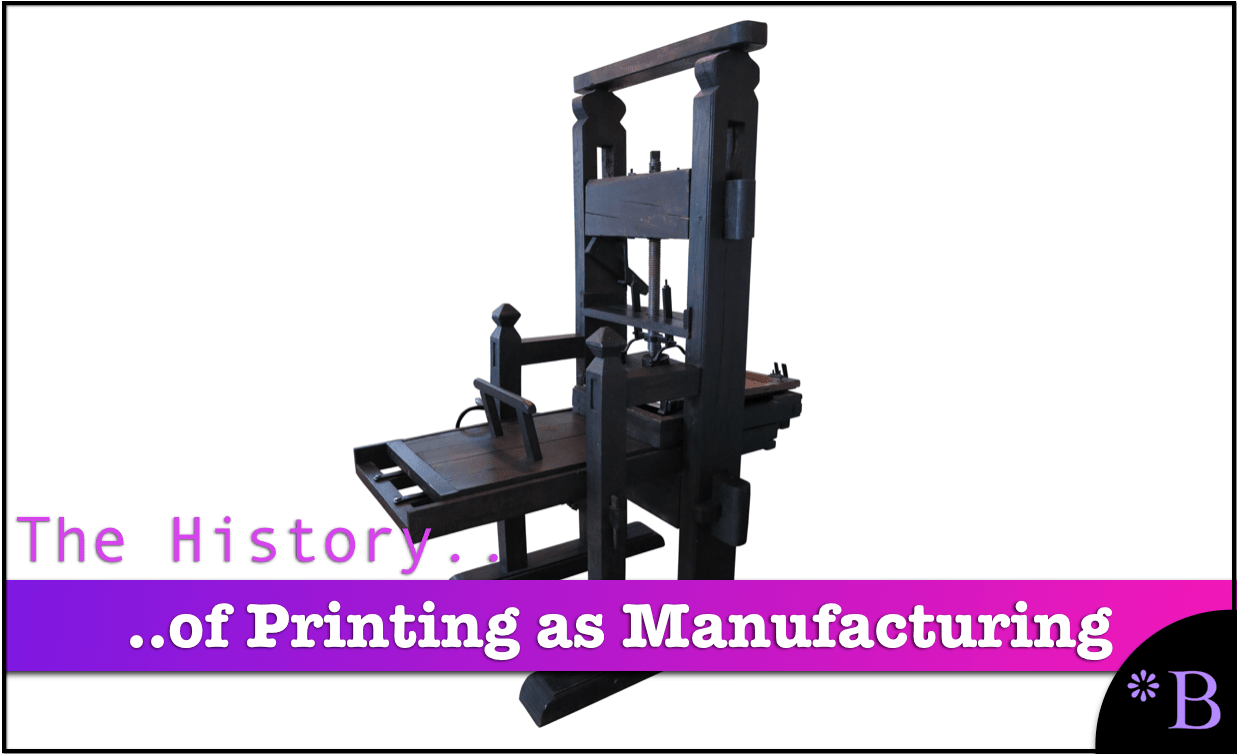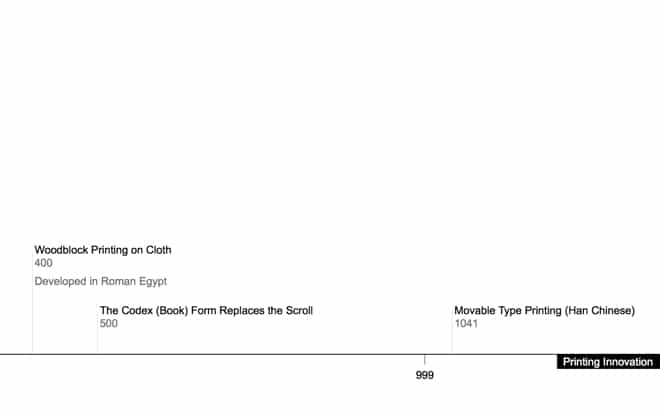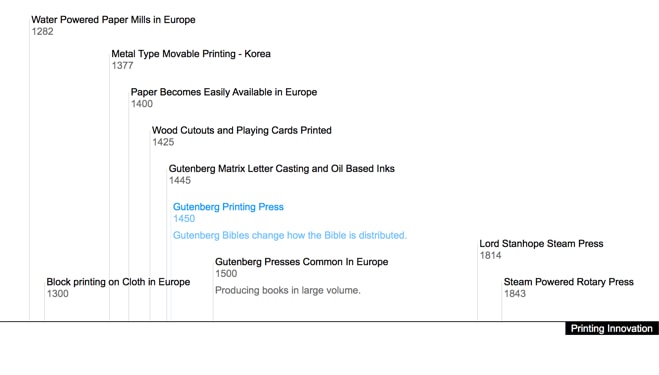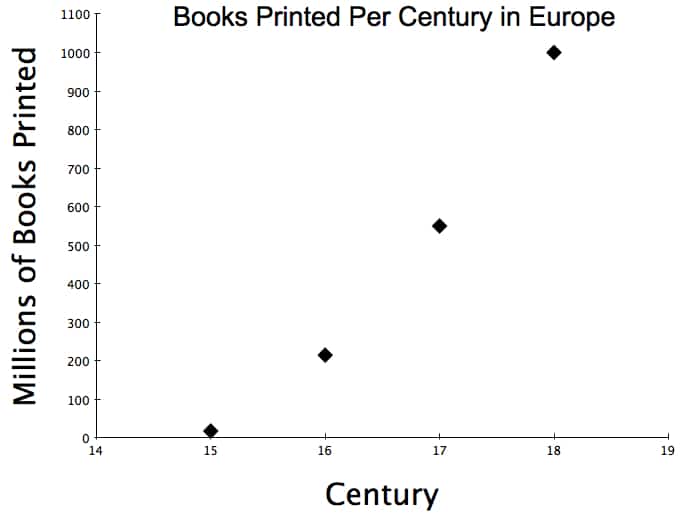Why the Printing Press Was a Manufacturing Technology
Executive Summary
- The printing press is a type of manufacturing technology.
- We cover the history of the printing press.

The History of Printing
The following quotation explains the development of the printing press.
Printing is a type of manufacturing. Printing with moveable type printing presses preceded Gutenberg by 400 years. Gutenberg’s contribution was the “in devising a method for mass-producing type: the type mold process.”– Masters of the Word.
This is as well as the introduction of oil-based ink. So the Gutenberg “press” enabled for an enhanced manufacturing process. The input to the bookmaking or the use of the press (along with bookbinding) was the enhancement of two inputs’ manufacturing processes. These two inputs were the following:
- Paper
- The components that made up the Gutenberg printing press itself. That is the metal letters.
Gutenberg’s ability to mass-produce metal letters was dependent upon advanced metallurgy. This improvement was also just recently improved before Gutenberg’s innovation. The actual press itself was not where the innovation lay. This is because it had been used for some time for printing before Gutenberg. It was only adapted from wine or fabric press. The manufacturing process was improved. As printing presses were used, there were many copies made and improvements upon the initial Gutenberg model.
Gutenberg’s Development of the Efficient Metal Letter Manufacturing
Gutenberg mass-produced letters with his development of the matrix. The matrix was a mold for casting a letter. It holds the image that makes up the print. The Gutenberg printing press was another tremendous Germanic invention. Germany did not exist as a country at the time, but Gutenberg lived in a territory that is Germany today. Thus, there were several areas of industrial technology that underpinned the Gutenberg printing press. This paved the way for the development of the Gutenberg printing press.
The Impact of the Movable Type Printing Press on Society
Historical events in Europe, ranging from the diminution of religion’s power to monopolize the explanation of natural phenomena to the Protestant Reformation and the increase of literacy, would not have been possible without the printing press. This is the improvement in what is an industrial technology that leads to the growth of science. This was based on the ability to manufacture books at a low cost.
This impact on the distribution of information and its development of thought was stark. Before the efficient printing, only the elites had books, and they had few of them. The elites guarded this knowledge. An excellent example of this is that the Catholic Church executed people for translating the Bible into the language of the masses from Latin. Illiteracy was the rule in Europe until the development of Gutenberg’s printing press. Many authorities found printing threatening. In 151, the Sultan Selim, I issued a decree under which the practice of printing would be “punishable by death.”
The nobility could read, the church officials could read, and the rest were not literate.
Before this manufacturing development, a wealthy family might have one or two books. A region in Europe may have had 100 total books in print – all of them copied by hand.
The Steam Press
The hand-operated printing press gave way to the steam press in 1811. The next improvement in 1820 happened to coincide with the second industrial revolution (from 1820 to 1870). The rotary printing press was developed in 1843, which increased the number of pages that could be printed. The timeline was too long to be one image, so it was divided into two.

Here we can see the innovations in printing technology by date.

The graphic below shows how the growth of printing.

For printing and, therefore, books and magazines to become common, the manufacturing efficiency needs to increase from the first printing press’s abysmal level. This was a constant process, with specific inflection points driven by new technologies. The introduction of the steam-powered drum is what caused the greatest increase in printing productivity.
References
https://en.wikipedia.org/wiki/Industrial_Revolution
https://en.wikipedia.org/wiki/Matrix_(printing)
https://en.wikipedia.org/wiki/History_of_western_typography